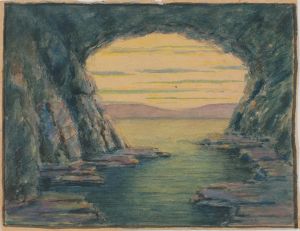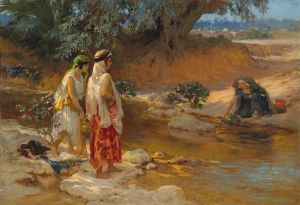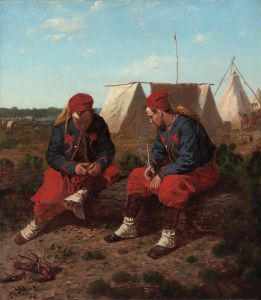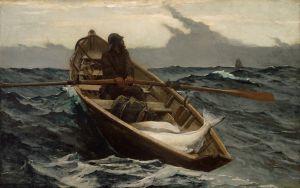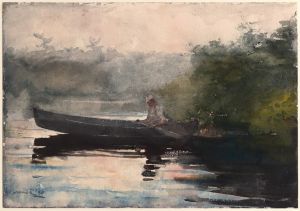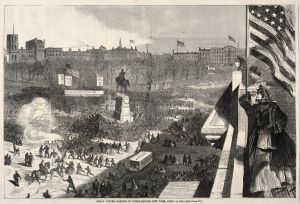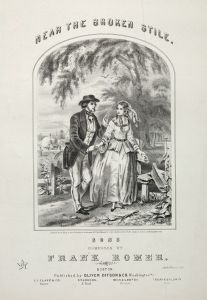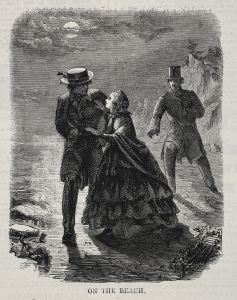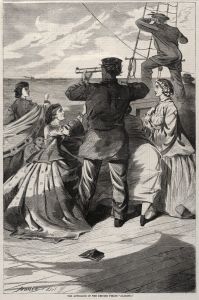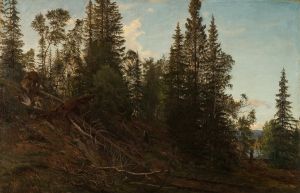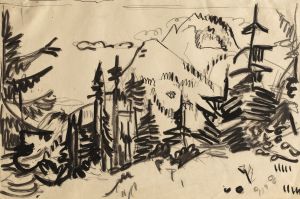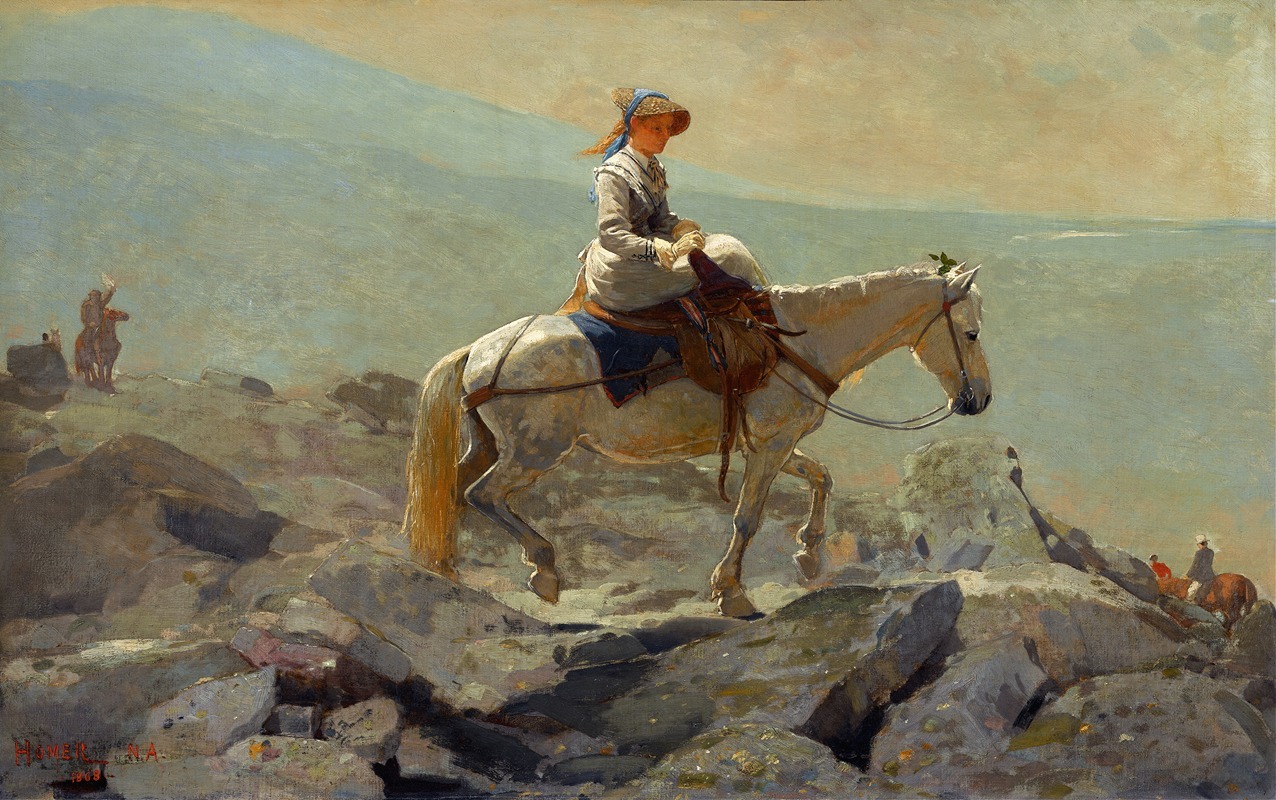
The Bridle Path, White Mountains
A hand-painted replica of Winslow Homer’s masterpiece The Bridle Path, White Mountains, meticulously crafted by professional artists to capture the true essence of the original. Each piece is created with museum-quality canvas and rare mineral pigments, carefully painted by experienced artists with delicate brushstrokes and rich, layered colors to perfectly recreate the texture of the original artwork. Unlike machine-printed reproductions, this hand-painted version brings the painting to life, infused with the artist’s emotions and skill in every stroke. Whether for personal collection or home decoration, it instantly elevates the artistic atmosphere of any space.
"The Bridle Path, White Mountains" is an oil painting created by the American artist Winslow Homer in 1868. Winslow Homer, known for his landscape and marine subjects, was a prominent figure in 19th-century American art. This particular painting is part of his early body of work, which often depicted scenes of rural and natural beauty.
The painting captures a serene and picturesque view of the White Mountains, a mountain range located in the northeastern United States, primarily in New Hampshire. The White Mountains were a popular destination for artists and tourists during the 19th century, known for their dramatic landscapes and natural beauty. Homer's choice of this setting reflects the broader American interest in exploring and documenting the country's natural landscapes during this period.
In "The Bridle Path, White Mountains," Homer employs a realistic style, characteristic of his early work, to depict a tranquil scene. The composition features a narrow path winding through the mountainous terrain, with lush greenery and towering trees framing the view. The path leads the viewer's eye into the distance, suggesting a sense of journey and exploration. The use of light and shadow in the painting adds depth and dimension, enhancing the realism of the scene.
Homer's attention to detail is evident in the rendering of the natural elements, from the texture of the foliage to the play of light on the landscape. This meticulous approach reflects his background as an illustrator, where precision and clarity were essential. The painting's palette is dominated by earthy greens and browns, punctuated by touches of brighter colors that capture the play of sunlight on the scene.
"The Bridle Path, White Mountains" is representative of Homer's early exploration of landscape painting, a genre that he would continue to develop and refine throughout his career. While he is perhaps best known for his later works depicting the sea and coastal life, this painting highlights his ability to capture the quiet beauty of the American wilderness.
The painting is part of the collection at the Portland Museum of Art in Portland, Maine. It is one of several works by Homer that the museum holds, reflecting his connection to the region. Homer's time spent in New England, particularly in Maine, had a significant influence on his artistic development and subject matter.
Overall, "The Bridle Path, White Mountains" offers a glimpse into Winslow Homer's early artistic endeavors and his skillful portrayal of the American landscape. Through this work, Homer contributes to the rich tradition of landscape painting in the United States, capturing the natural beauty and tranquility of the White Mountains with a keen eye for detail and composition.






